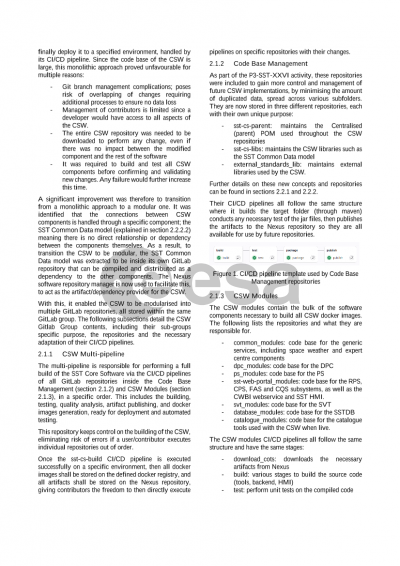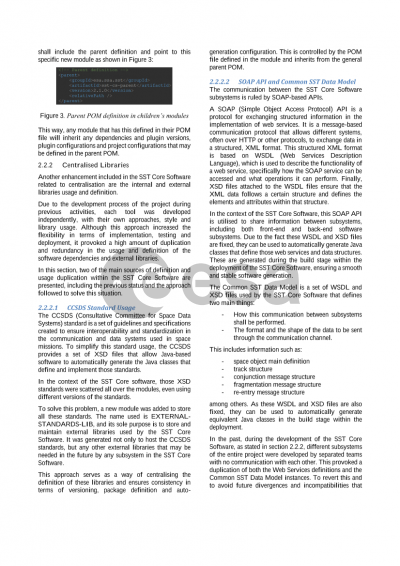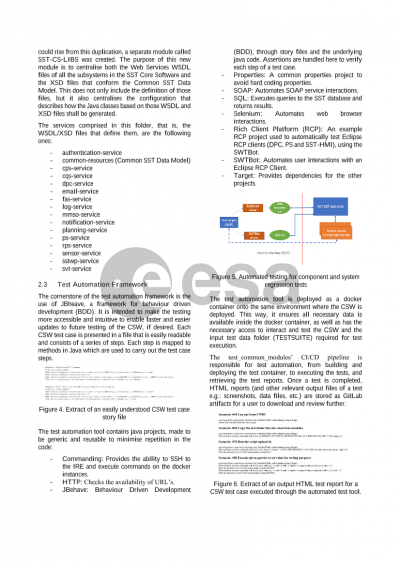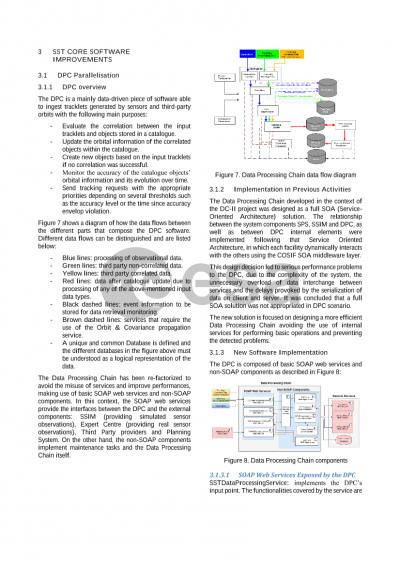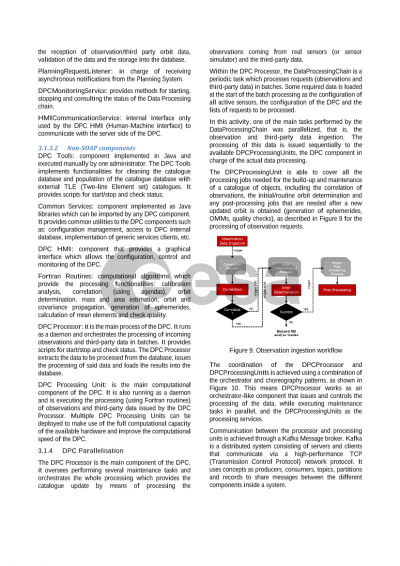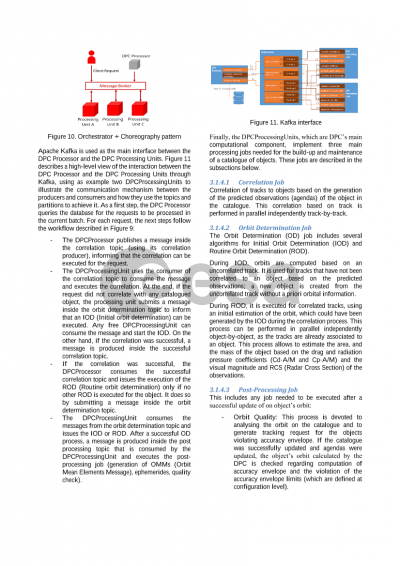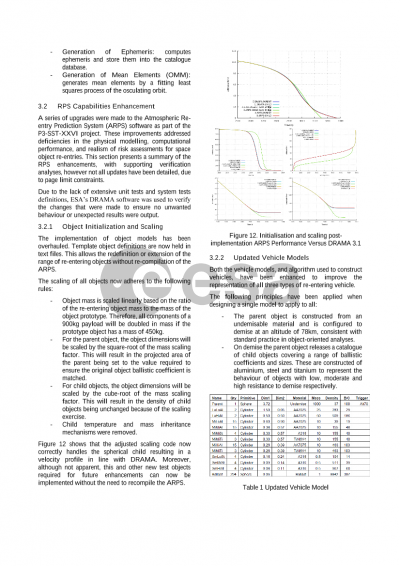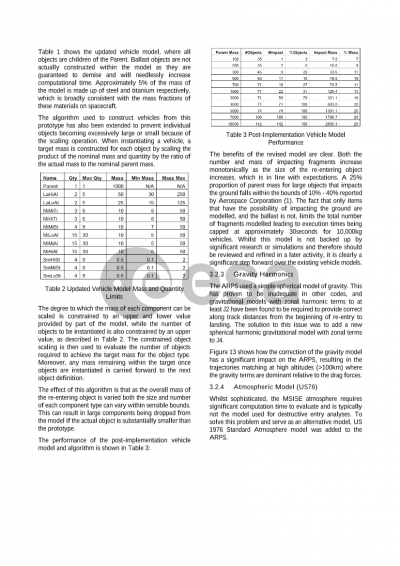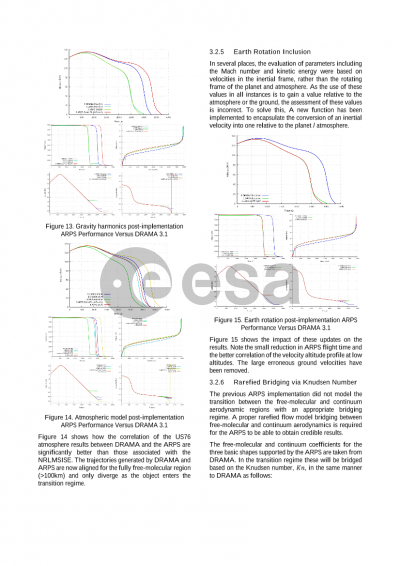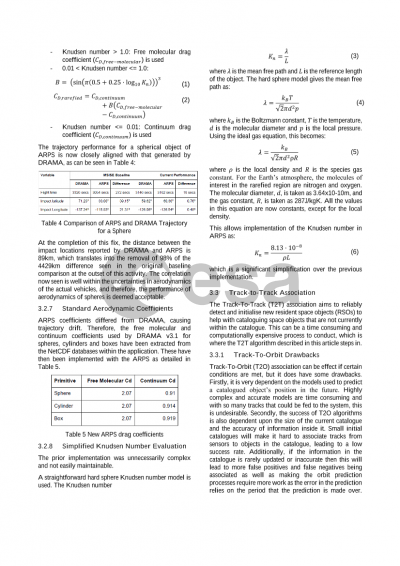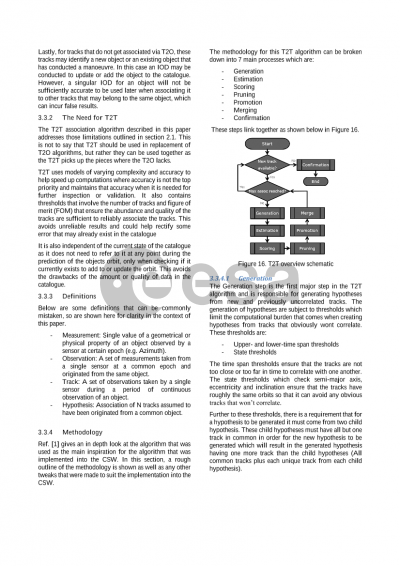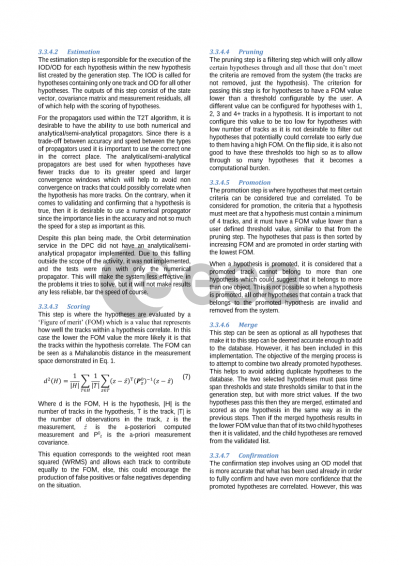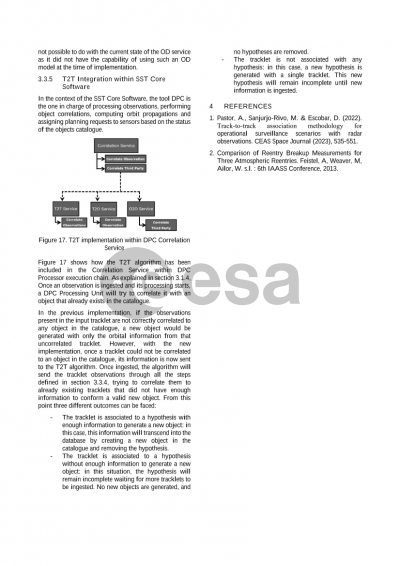Document details

Abstract
This paper presents the comprehensive enhancements made to the Space Surveillance and Tracking (SST) Core Software (CSW) under the P3-SST-XXVI and S2P-S1-SC-08 activities of the European Space Agency (ESA) with the aim of enhancing its capabilities by integrating innovative algorithms and modern software engineering practices.
The P3-SST-XXVI activity introduced several critical improvements to the SST CSW infrastructure. The software was reorganised into different GitLab repositories, promoting modularity and ease of maintenance. Additionally, GitLab pipelines were refurbished within each new repository with three main goals: 1) to reduce the pipeline build time per commit (since it is modularised per subsystem of the CSW) of the automatic deployment of the software, streamlining the integration and delivery processes; 2) to automate testing at subsystem and system level (in a new dedicated repository), ensuring continuous validation of the software, enhancing reliability and reducing manual intervention; and 3) to perform automatic code quality analysis, ensuring adherence to coding standards and best practices, thereby improving the overall quality of the software. A Nexus repository was integrated for artifact publication to further streamline the software development lifecycle. Regarding the source code improvements, the parallelization of processes within the DPC improved computational efficiency, enabling faster data processing. The Maven Project Object Model (POM) was restructured to centralise dependencies, simplifying dependency management and ensuring compatibility across the software modules with the latest available versions. Additionally, re-entry analysis capabilities were upgraded, enhancing the accuracy and reliability of predictions related to space object re-entries.
A significant improvement was the integration of the Track-to-Track (T2T) algorithm into the SST CSW, carried out under the S2P-S1-SC-08 activity. The T2T algorithm addresses the limitations of the Track-to-Orbit (T2O) method, currently implemented in the CSW, by enabling the association of uncorrelated tracks, thereby enhancing the robustness of orbit determination and reducing error margins in space object tracking. The integration process involved substantial modifications to the DPC modules, including the development of new database tables, and updates to the Java and Fortran 90 layers. The methodology encompassed the generation, estimation, scoring, pruning, promotion, and merging steps of the T2T algorithm, significantly improving the correlation and cataloguing of space objects.
These combined efforts represent a significant leap forward in SST CSW capabilities. The integration of the T2T algorithm and the adoption of modern software engineering practices have collectively enhanced the performance, reliability, and maintainability of the SST CSW. This paper provides a detailed account of these advancements, highlighting their impact on the overall efficacy of space situational awareness operations.
Preview

